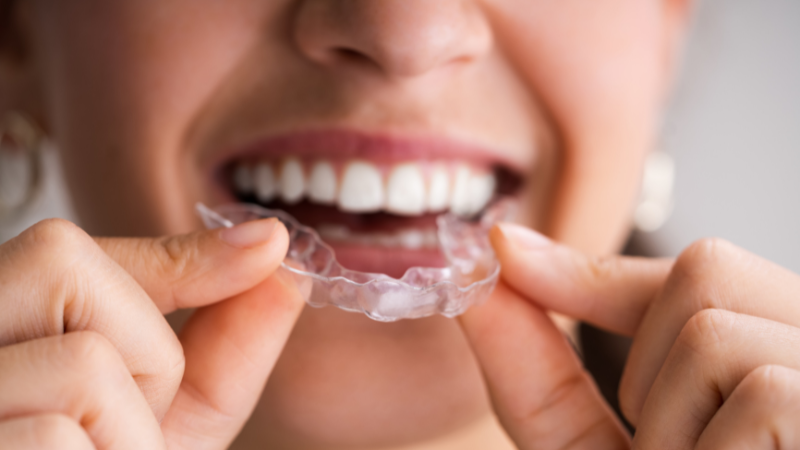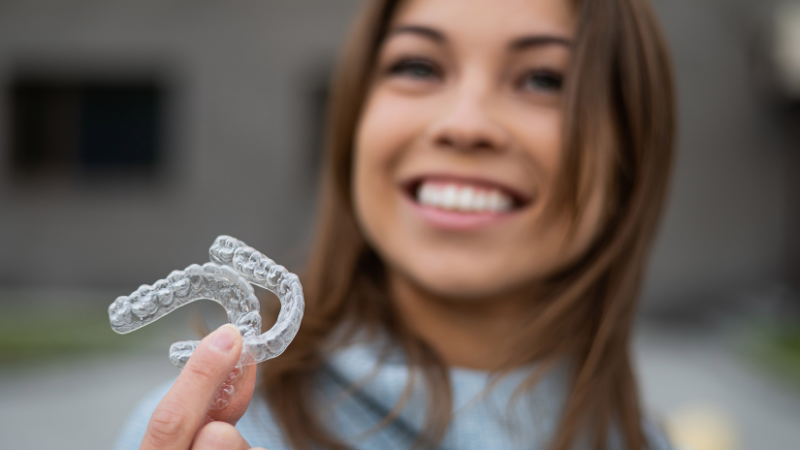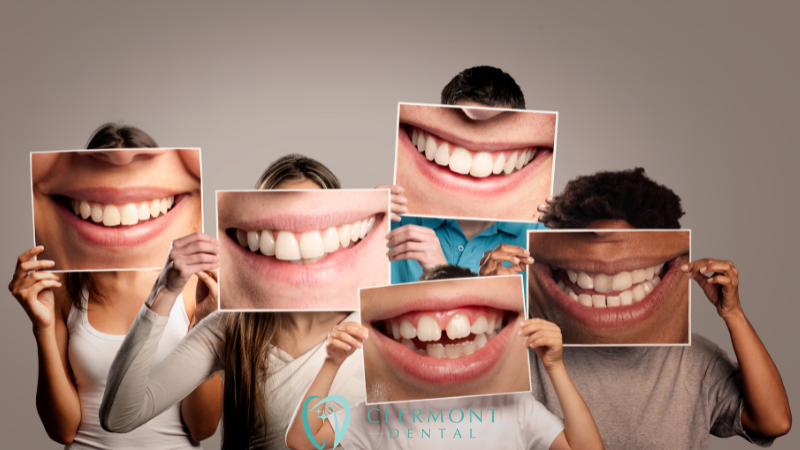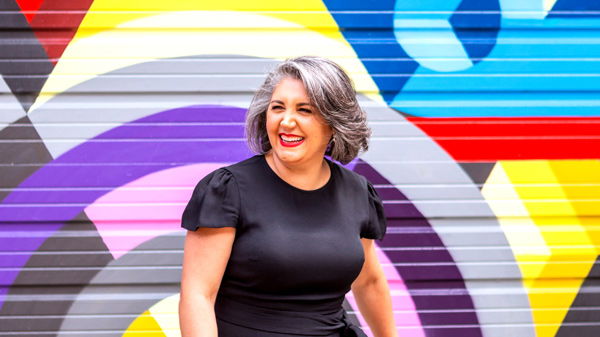Straight teeth and a perfect smile are a goal for many people. It can take time and money to achieve this, but with so many different dental products out there how can you know which ones to choose?
Many people have heard of aligners and retainers, but what are they and what do they do? It’s more simple than you might think: aligners help to “align†the teeth to the desired position, while retainers simply “retain†the position of the newly straightened teeth.
When you initially think about it, aligners and retainers have a lot in common. Both of them are used to treat orthodontic issues and are made of clear plastic. However, the two have different goals, therefore, to best understand the distinction between clear aligners and retainers, one must consider their function/purpose, similarities and differences.

What Are Aligners?
Aligners are used to fix crooked or misaligned teeth. They are made of clear BPA-free plastic (that is virtually invisible) that fits over the top and bottom teeth, moving them into place gradually until they reach their final position. Aligners have different numbers of parts (or “trays”) depending on the number of aligner stages needed to straighten your smile
Aligners work by using carefully calibrated force to move your teeth into a new position, forcing the body to adapt by remodeling the bone. Each set of aligners is a unique 3D-printed model of the teeth designed to move them into different positions along the way to the desired result.
Purpose:
When embarking on the world of teeth straightening, metal braces have been a popular choice over the last few decades, but over the past 15 years, aligners have become the top choice in shifting teeth.
Once your dentist or Dr. Safavi provides you with an aligner, it will begin to shift your teeth into your ideal smile. You may feel slight discomfort, or your teeth may become sensitive while you wear an aligner, due to your teeth moving and slowing aligning into position. The more you wear an aligner, the faster you’ll achieve a perfect smile.
You should wear your aligners all day and night, only removing them to eat, drink and brush your teeth. Wearing your aligners for about 22 hours a day may result in your aligners becoming dirty. Make sure to brush them twice daily with your toothbrush, to keep a fresh feeling throughout the day while wearing your aligners.
Candid Clear Aligners
Here at Clermont Dental, we offer Candid Clear Aligners, which are a new hybrid service that offer the convenience of at-home treatment with hands-on care of your local dentist who is a qualified CandidPro provider.Â
Treatment begins by taking digital scans and impressions of your teeth. After this consultation, we will send your scans to a Candid orthodontist, who designs your custom treatment plan in conjunction with Dr.Safavi and tracks your progress via CandidMonitoring. This ensures your teeth are moving correctly and safely.
As you progress,you will receive prompts to move onto your new aligner sets. This will usually be changed every 2-3 weeks.
Candid is built in a way that caters to you and your daily routine. We can all appreciate how life gets busy and how time just disappears. We often end up not having time to do the things that we want to do. The combined treatment model of remote and in-person care makes it easier to balance day-to-day life and your orthodontic treatment.
In addition, you can send digital scans of your teeth to Dr. Safavi and the Candid team via the mobile app. This makes our aligner treatment much more convenient and streamlined than other clear aligner options.
What is a Retainer?
Retainers are removable devices that are put into place immediately after orthodontic treatment is completed. They’re worn for several weeks after the braces come off, until the teeth are comfortable enough to be left alone.
Purpose:
Despite having a very similar appearance to aligners, retainers serve a very distinct purpose. In fact, retainers serve two purposes: First, they prevent relapse (or “relapse prevention”):
Relapse occurs when you lose your progress in moving your teeth into their new positions and have to start over again from square one.
Retainers help prevent this from happening by keeping constant pressure on your teeth as long as they’re in place; this helps keep them from shifting back into their old alignment.
The second thing retainers do is provide stability for permanent tooth movement or stabilization of remaining gaps between teeth after orthodontic treatment has been completed and removed. Retainers are an imperative necessity as the next step to get your ideal smile.
In contrast to aligners, which are used to move teeth into the correct position, retainers are intended to stop teeth from moving. After completing your aligner treatments, your teeth will try to revert to their original positions due to their “elastic memory”. A retainer is useful in this situation. You won’t experience any pressure or heightened sensitivity when wearing a retainer because it fits snugly over your teeth.
Conclusion
We hope this article has helped you understand the difference between retainers and aligners. If you have any questions about which option is right for you or your child, please don’t hesitate to contact us!
Remember, aligners “align†your teeth into a perfect position, retainers “retain†your teeth in that position.








